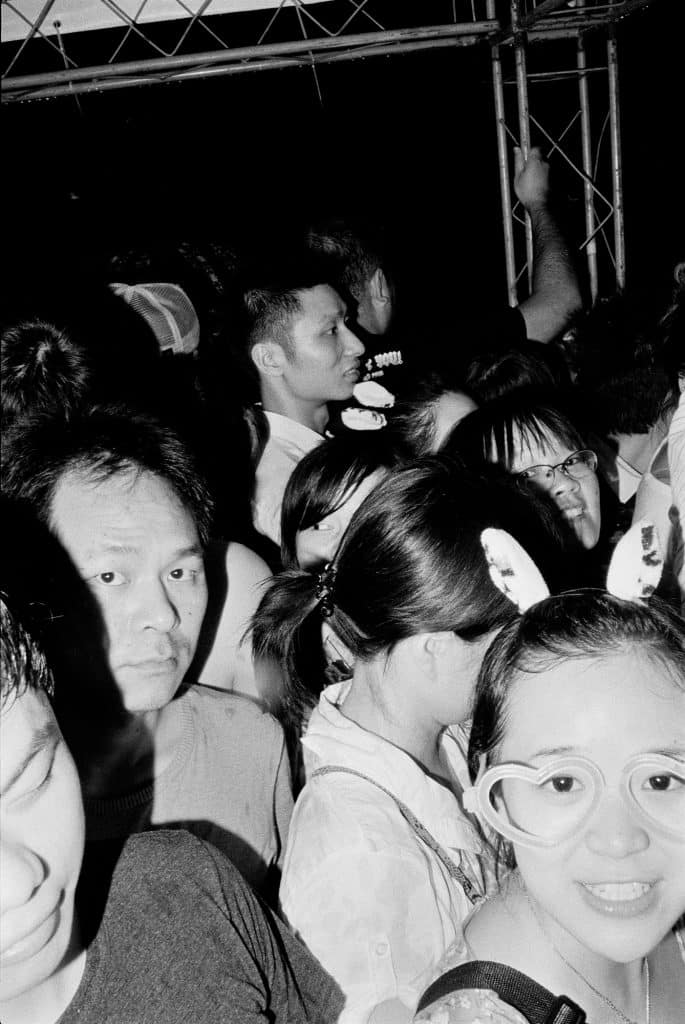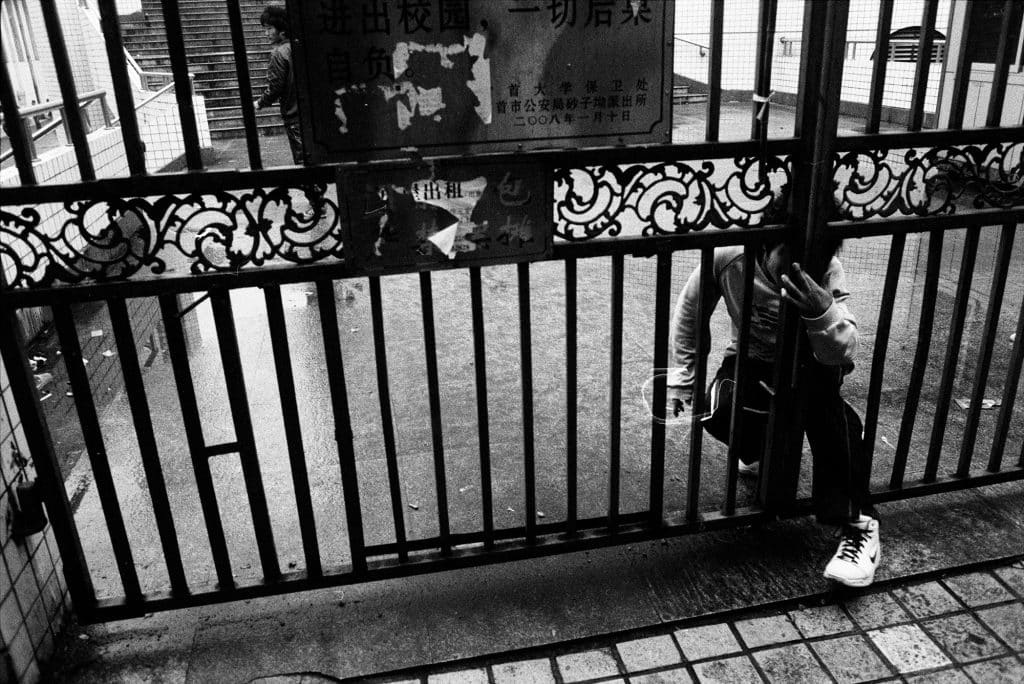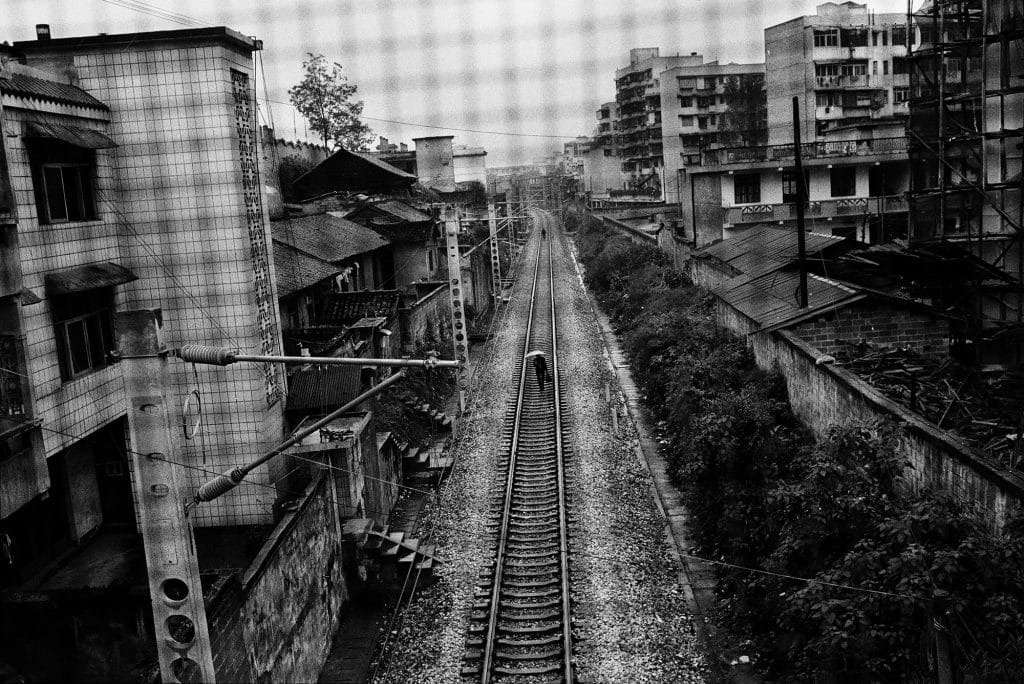
In 2005, at the age of 24, photographer Rian Dundon first set foot in Changsha, China. The city itself lies in the northeast section of Hunan Province, north of Hong Kong, and southwest of Beijing as you look on a map.
Dundon wrote of the city, and his time there:
“Changsha was a sprawling metropolis of concrete and neon laced with an energy that made me dizzy. Here were six million people in a city literally built on top of its own ashes and I loved it. I did my best to absorb everything, every bit of local language or news or culinary offering. And I photographed, always photographed. Only now I wasn’t just a visitor or a journalist. Without a story to cover or a deadline to meet I consigned myself to engaging with the people I met and staying open to different modes of experience. Making photographs was a way to interact with the world outside myself. A way to contribute to the conversation through collaboration with others.”
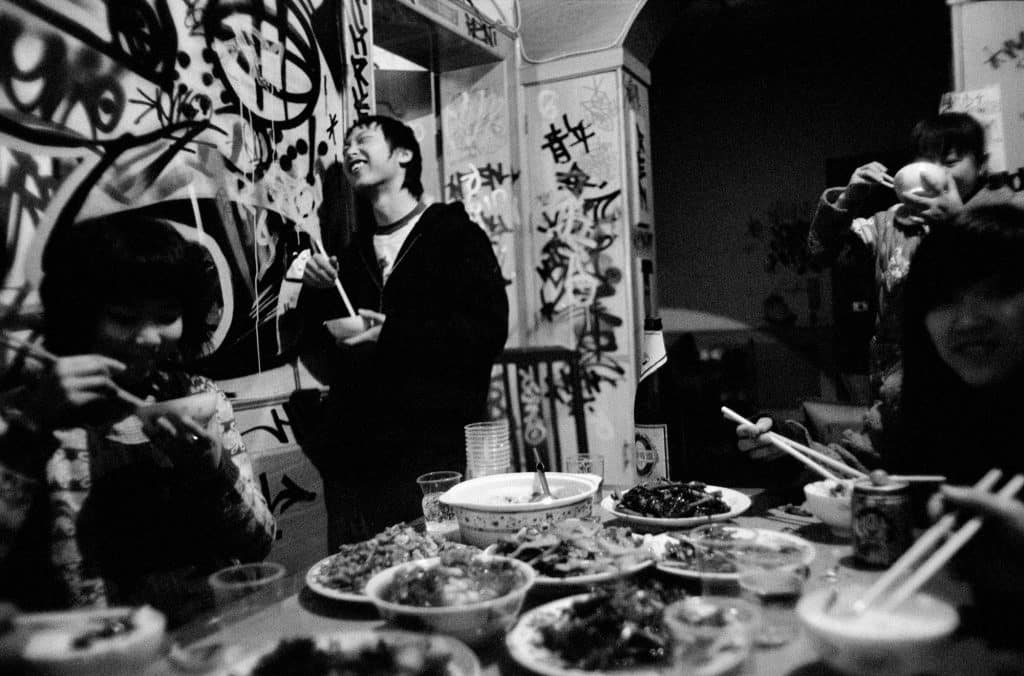
Dundon had come to teach English, without any special interest or background in either the language or the culture of China. But he had a job offer, and without anything else really going on, and being young and unencumbered, he took the position. He had a one-year commitment. He ended up staying for 6.
But like many in the early 2000’s, he was intrigued by the country. China was in a pattern of rapid growth, and the country’s economy was booming. Cities were being built up with all manner of new flashy skyscrapers, and money was flowing. China was also emerging as a world superpower. As Dundon spent time in Changsha, he picked up Mandarin, which allowed him to explore more, and as he did, he photographed what he saw before him. But he was not looking to take the stereotypical photographs of China, like the soldiers, posters of Mao, the futuristic skylines, and things of that nature.
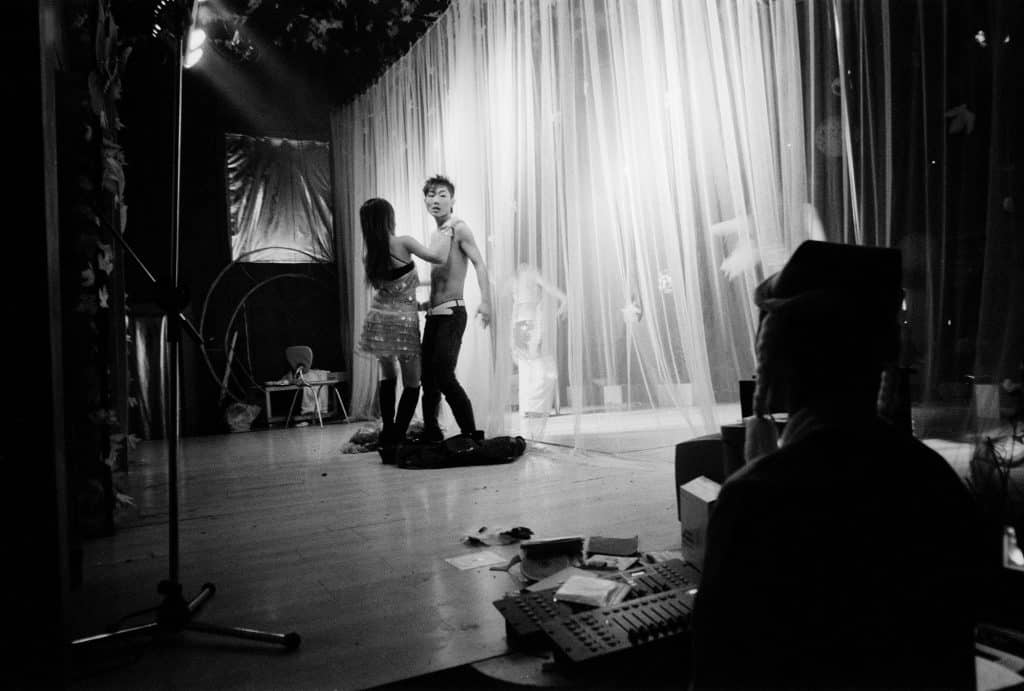
“I wanted to meet people and take pictures of things that interested me. At the time the media was full of news about China’s booming economy and development, and I suppose I was curious to see for myself. But photography for me is always more ambiguous than making a certain point or telling any one particular story.”
In 2012, the book of Dundon’s photographs from his years in the city was published as Changsha by a book publisher in France. But for reasons beyond Dundon’s control, the publisher promptly went out of business. A few copies out of the print run of 1000 of the book made it out into the world. The rest disappeared, and was lost, for what Dundon thought, was forever.
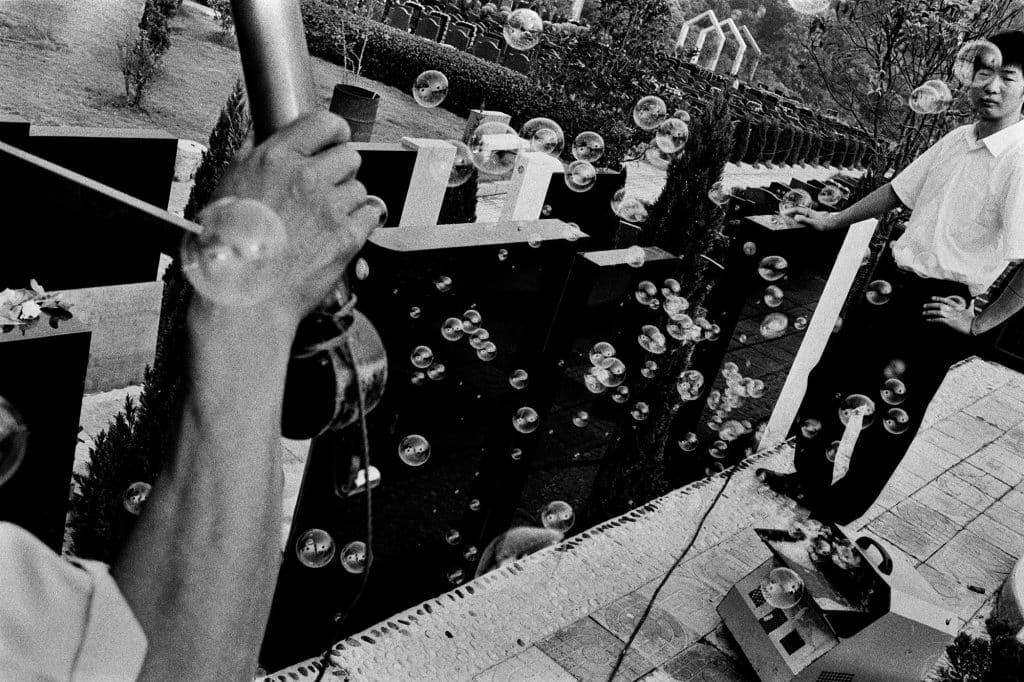
Then into the mystery of what became of the books stepped Alan Chin.
Alan Chin, a photographer himself and the manager of Jet Age Books, first met Dundon in New York City. Both photographers had gone to New York University’s Tisch School of the Arts Photography program. But Dundon is younger than Chin, and so they had not known each other during their school days.
When Chin was working in China in 2008 and 2009, and traveling throughout the country, he looked up Dundon while he was there. As Chin tells it “Imagine my surprise when I saw how Rian ambled along the Chinese scene, usually working just with one camera (maybe an extra lens tucked in a back pocket?) and a few rolls of film. His Mandarin was fluent enough to make him my translator at times – the surprise of North Chinese people having their Mandarin translated by a white guy to a Chinese guy was hilarious – but he was so good at this and in making people feel at ease that they stopped thinking about it in 2 seconds.”
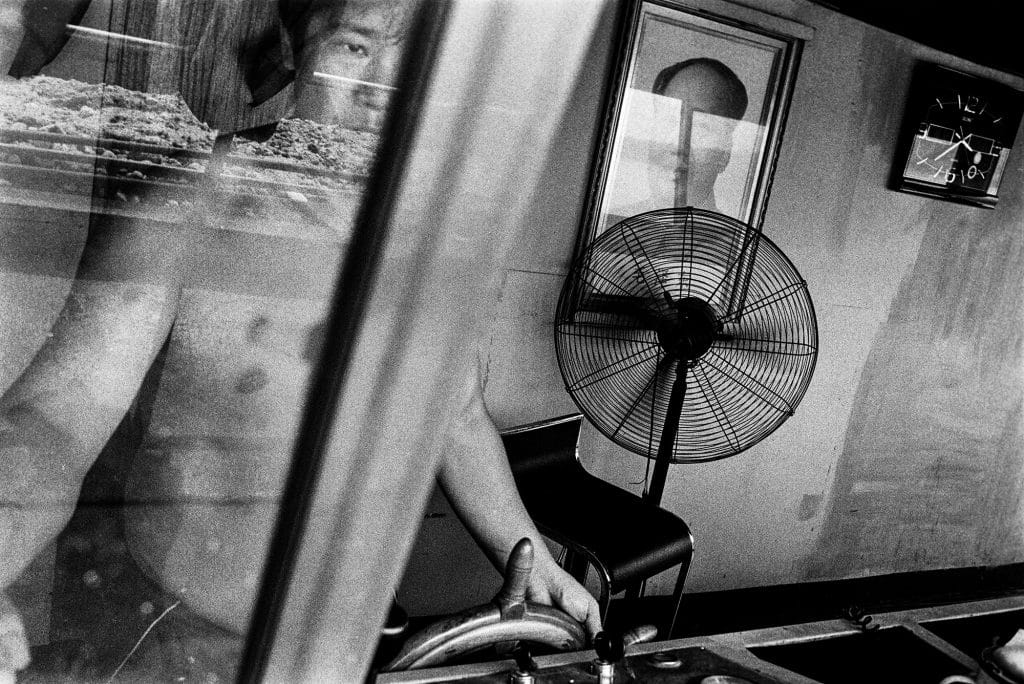
Years later, Dundon had gone back to grad school, was now living on the West Coast and had started a family. But he had never forgotten about his book, and the copies that had simply disappeared when the publisher went under. But he had no idea what had happened to them. Had they been destroyed? Abandoned somewhere? Were they lost forever?
But Dundon had told Chin about the books and quest to find them, unsuccessfully. So Chin decided he would take on the project to find them. “The idea came up because Rian felt that this was one of those inescapable stories of life, like the Berlin Wall. He’d told me the story years ago and was very sad about it. But I thought, if the Berlin Wall could come down, we can find the books.”
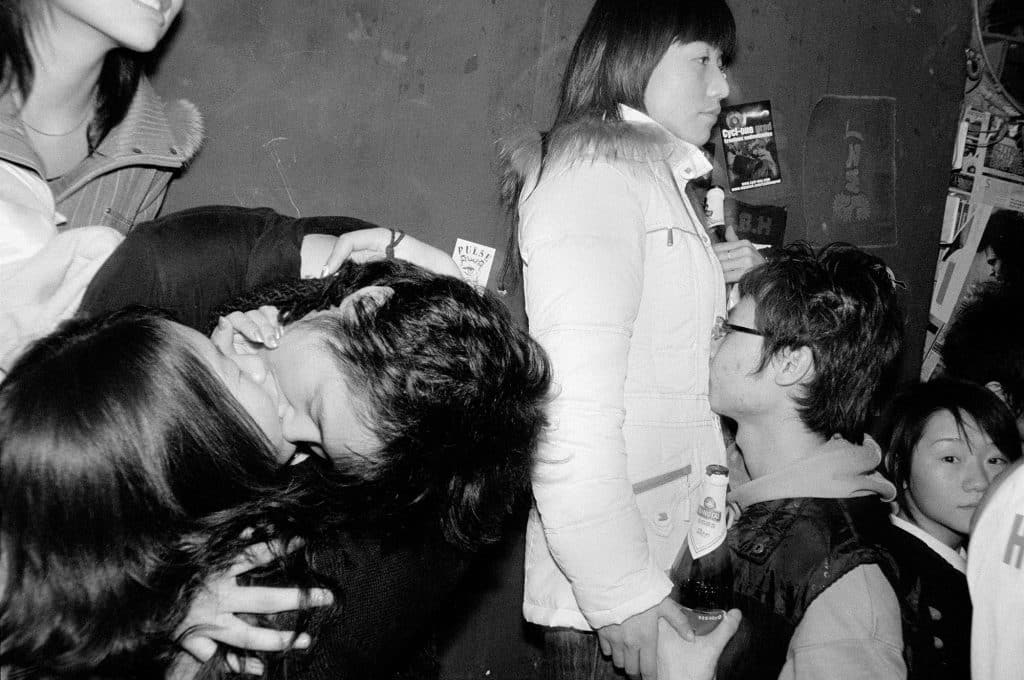
Dundon tells of it this way “And to Alan’s credit, it was his idea to rescue the books—I had completely given up hope of ever finding them again. Alan has always been a big supporter on this project, even helping me with edits along the way, so when he launched Jet Age and approached me with the idea of finally releasing Changsha I knew it was meant to be. Few people in this business have the drive and commitment to our craft as he does.”
Then in 2021, after many inquiries, the books were located. They were finally found in a basement in the south of France, still sealed in their original shipping pallet. When I asked Chin about the details of how they were found, all he would say was “As for how we found the books? I can assure you no humans or animals were harmed in the process.”
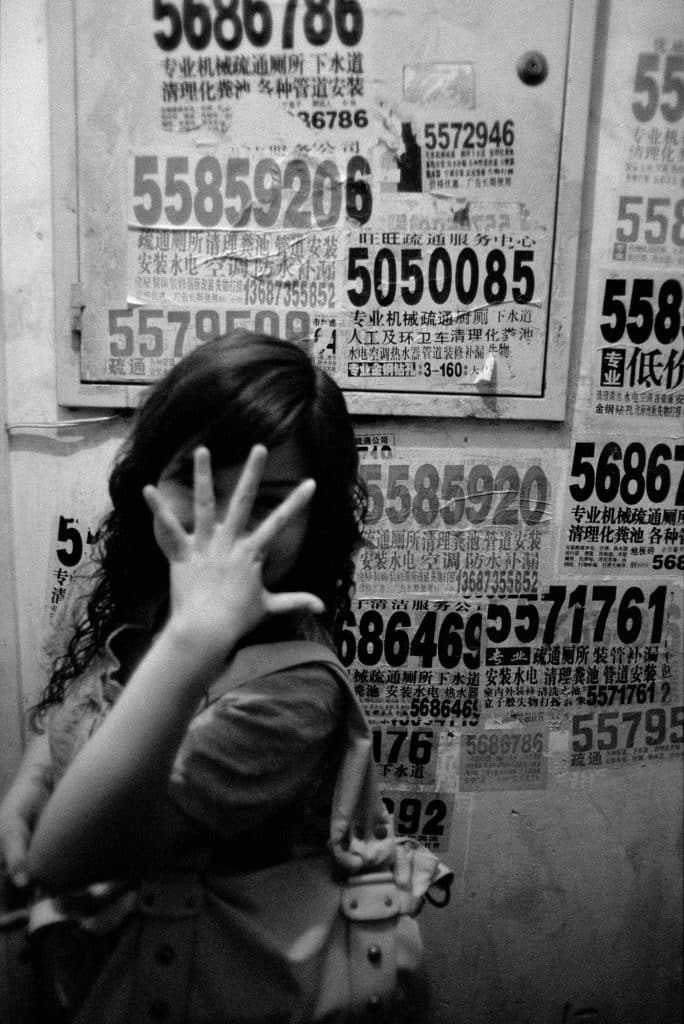
With the global Covid-19 pandemic ranging, some bureaucratic red tape needing to be cut, and some shipping delays, the books arrived in early 2022, a full decade after they were feared lost.
But the importance of Dundon’s photographs in capturing a unique time in China that has now passed has not diminished over the decade. As Chin told me “As Rian’s photos so uniquely document, along with that economic growth there was a parallel cultural, or should I say counter-cultural flowering. Like the East Village of the ’90s that I’d met Rian in, China in the ’00s had dive bars, tattoo parlors, pool halls, street art, transgressive music. It was a raucous and inexpensive scene of young people trying out personal freedom for the first time. It’s a universal story in every society – but one that nobody in power in China had ever quite thought about – yet – so there was some room for this kind of individualism. It didn’t last long. As China’s economy has matured and confronts larger issues of corruption, pollution, and now stagnation, the party-state has returned to a more authoritarian model of social control. It hasn’t disappeared entirely; cultural expression never does. But it certainly doesn’t have that wild and romantic feeling anymore.”
Rian Dundon’s Changsha, Jet Age Books, 205 pages, €50.
